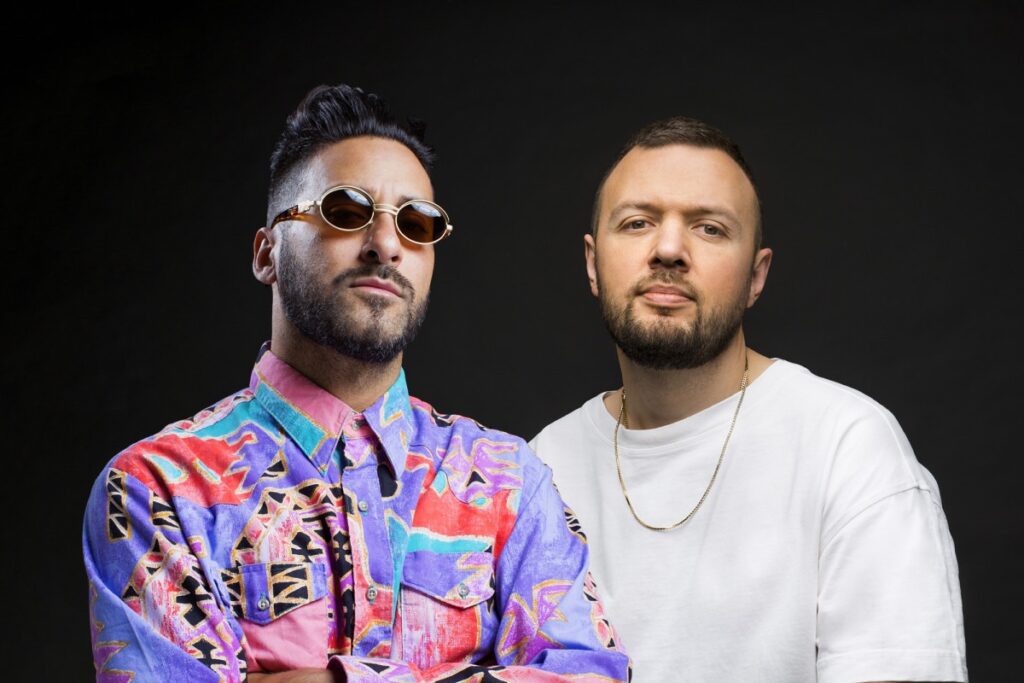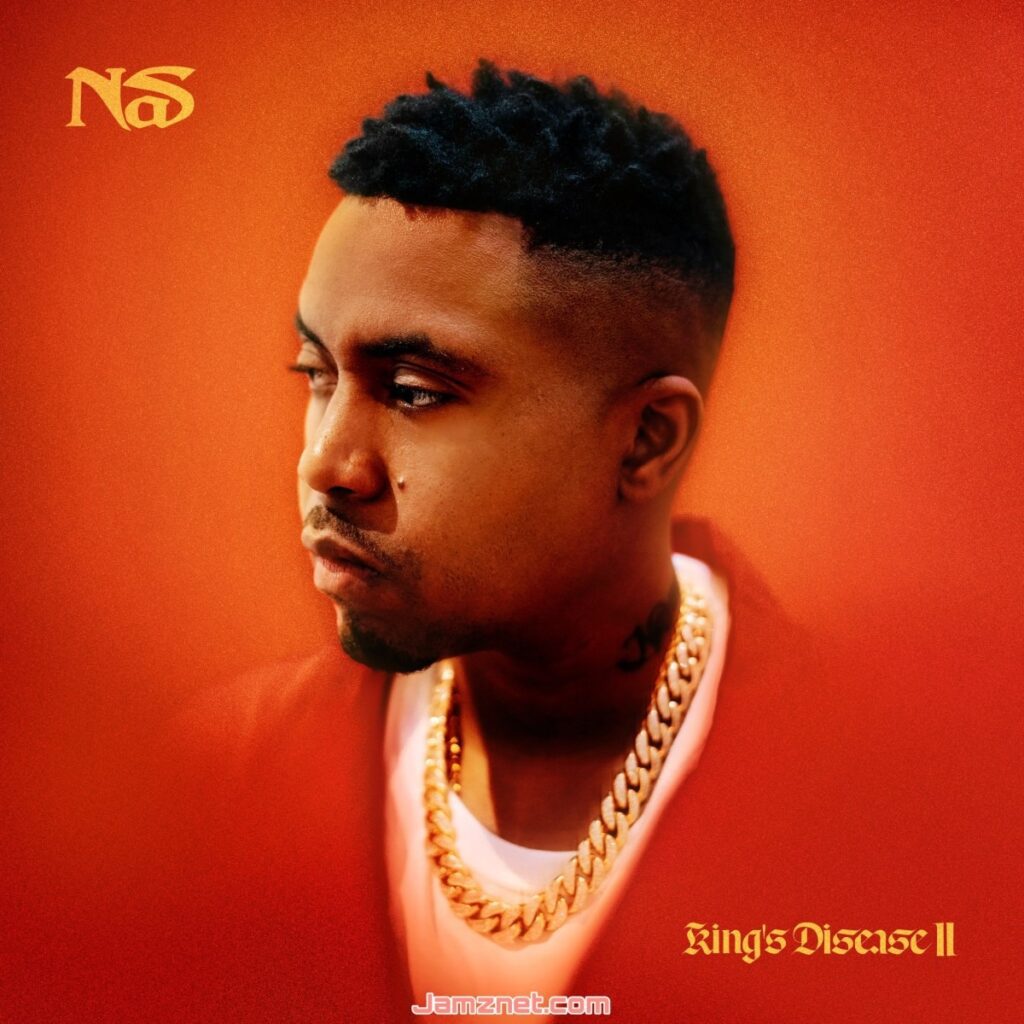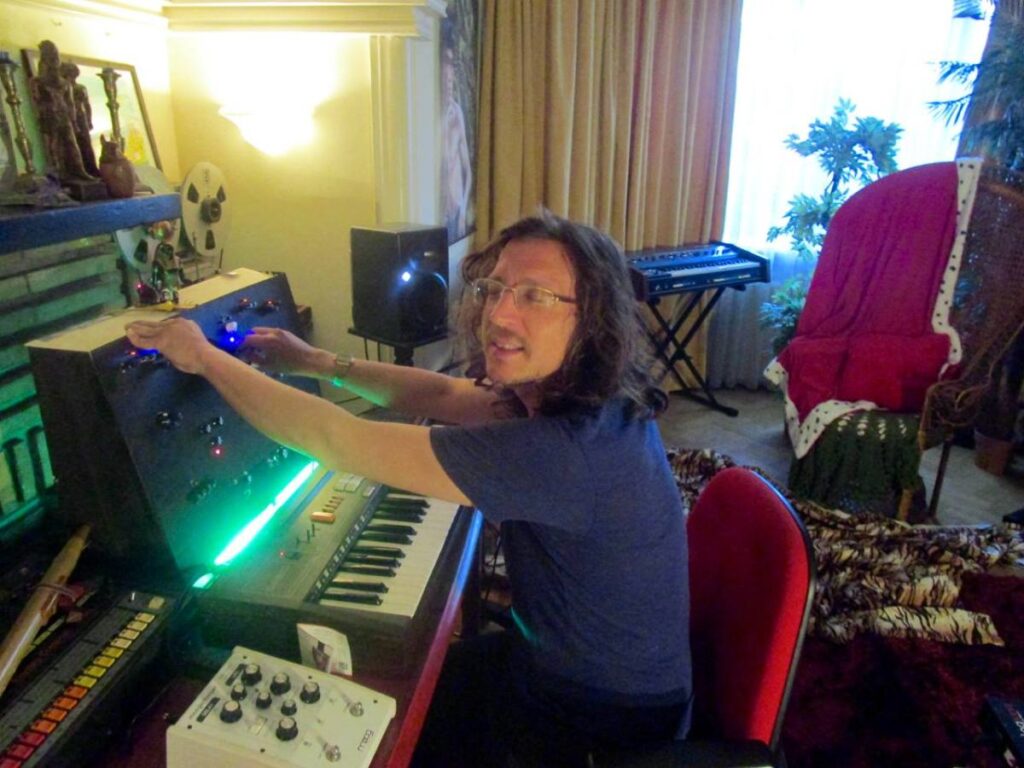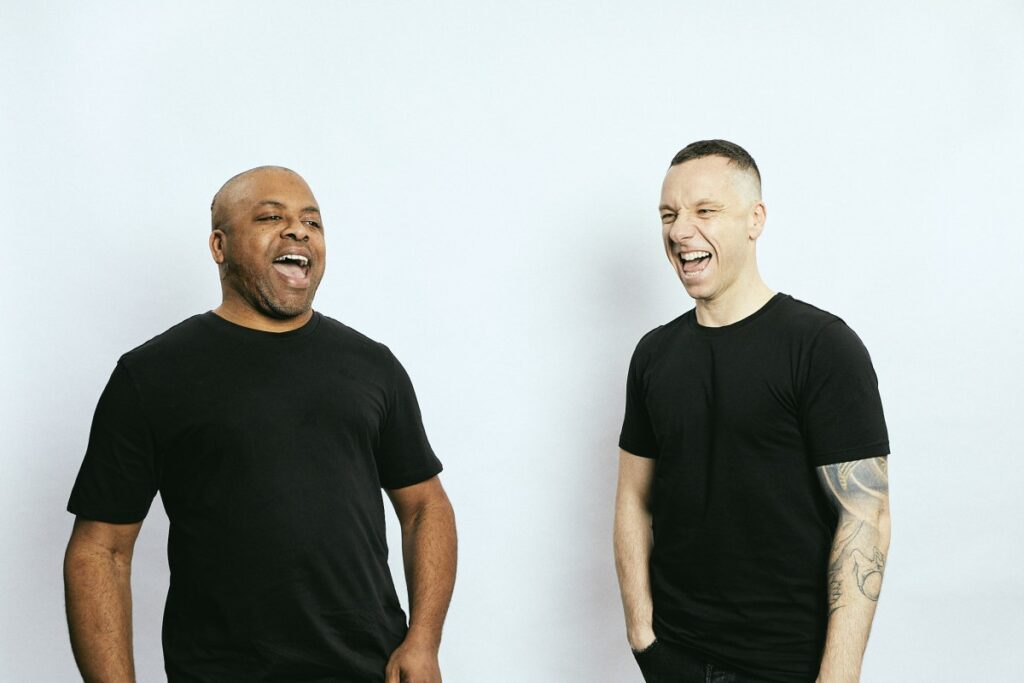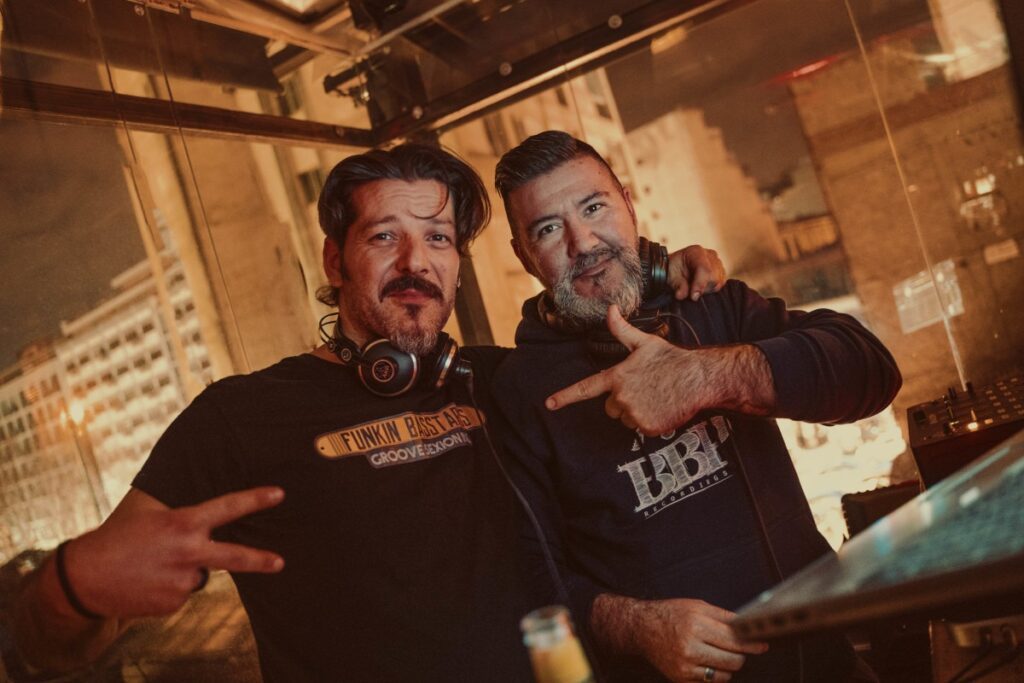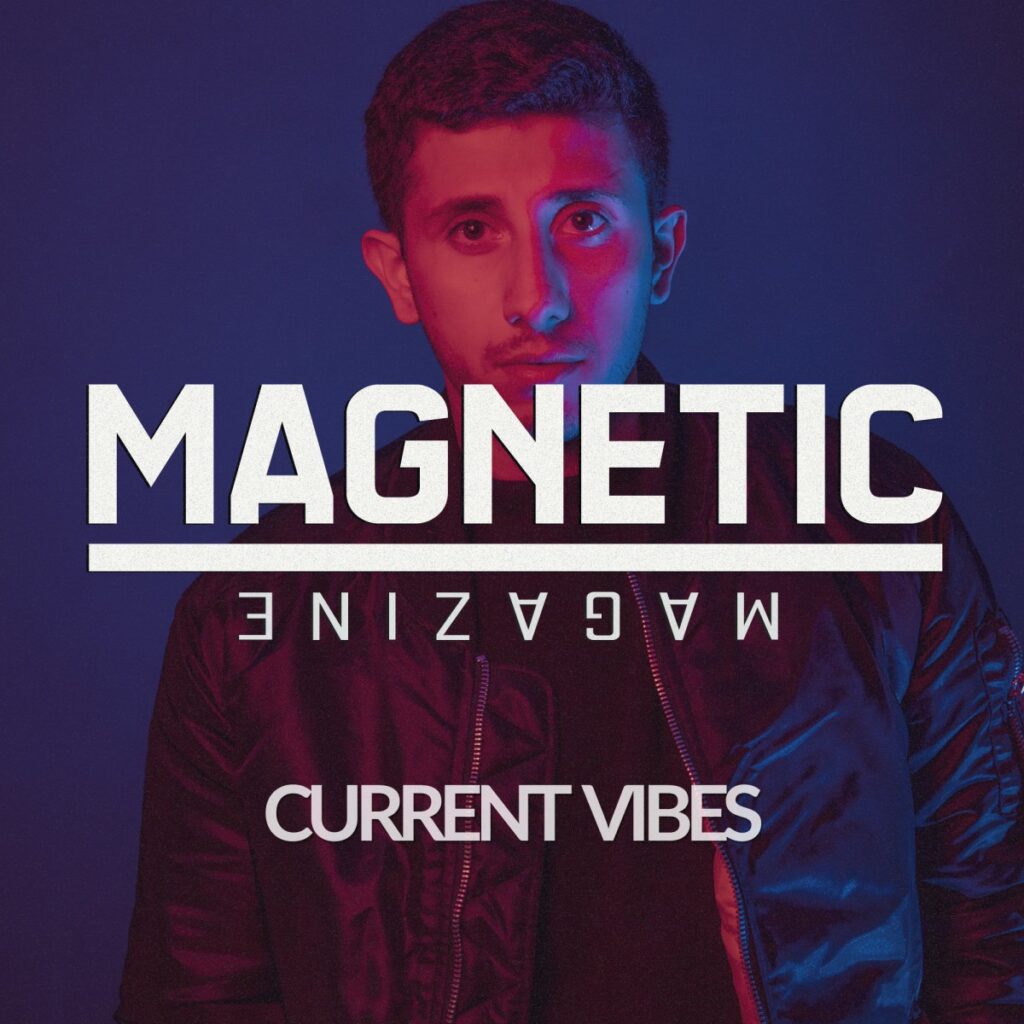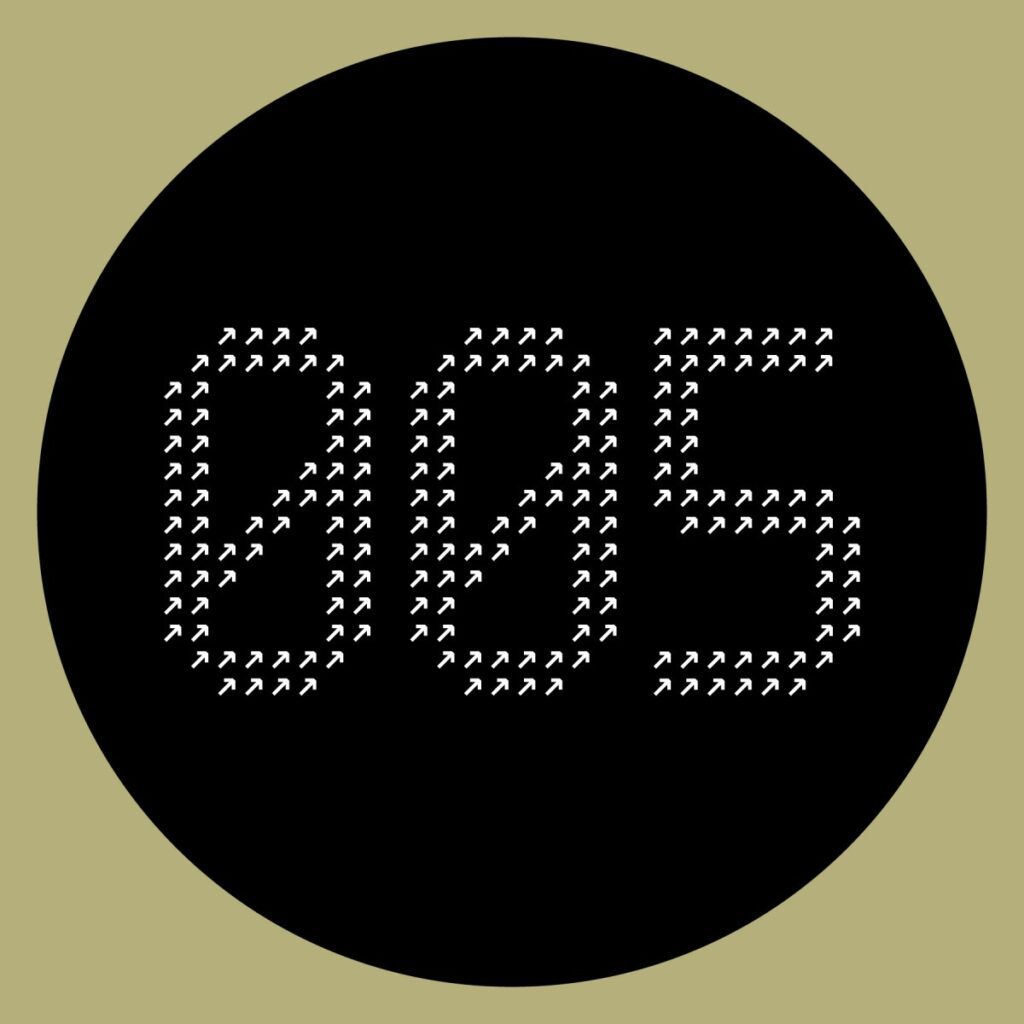Grammy nominated Argentinian cellist, composer and producer Sebastian Plano has released his new album Save Me Not. Born in Rosario, Argentina, in 1985, he was raised by parents who perform in the city’s symphony orchestra. That background set him up for his own career in music from an early age. He played his first cello at the age of seven and he began writing his own music four years later.
Save Me Not is now his fourth album, recorded over the course of many nights in Berlin, trying to capture the spirit and sound of an ensemble. Save Me Not was made with a barebones cast of instruments including a piano constructed in Japan in the 1970’s, a handmade cello made in Argentina in 2007, a tape echo, his own voice used to create choral sections and bits of effects and noises from his studio space. This all combines into a riveting piece of music that is rich, beautiful and serene.
We wanted to get the details on how Plano used these various instruments on this album, so he broke it down for a new How It Was Made feature. This is a bit different from our typical guides featuring synths and drum machines, but the music helps dictate it. Put on this sublime album, let it take you to a peaceful place and read along below. Get your copy here.
General:
Save Me Not was recorded during nights at my studio in Berlin between late 2019 to mid 2020. It was done through the process of creating ensemble music by myself by recording each musical line and multi tracking afterwards. I played and recorded each instrumental line. I wanted to narrow down the instrumental possibilities to the minimum and see how far I could go with this approach.

Studio
Sebastian Plano
There was no use of electronic instruments in the record. It was recorded only with acoustic instruments and in certain cases, processing the takes through analogue and digital effects.
I wanted to create the entire record with only my most essential instruments, which are cello and piano and the use of my voice. In addition, some percussive elements were made recording various objects around my studio like striking my cello’s body, feet stamping the floor or the squeak of my studio chair.
1. CP-80 Electric Grand 1978
All of the piano in the album is recorded with this beloved piece of gear born in Japan in the 70’s. I acquired this piano from an instruments dealer in San Francisco back in 2011. This piano has a unique acoustic sound, which has a lot of character.

Sebastian Plano
The piano arrived to the US from South Korea and then in 2013 I shipped it across the Atlantic from San Francisco to Berlin.
It’s built with a line-out where the vibration of strings struck by hammers is converted by pickups into electrical signals. I was processing this direct signal with analogue and digital effects as well as recording the live sound of it.
2. Violoncello Leonardo Anderi 2007 Cello
All the string parts were recorded with this handmade cello by the Argentinean luthier Leonardo Anderi in 2007. I record and multi-tracked each cello take creating string ensembles. I also use the cello to create all sorts of atmospheric sounds and percussive elements by striking the cello’s body. It’s a very versatile instrument allowing me to explore a lot with extended techniques as well.
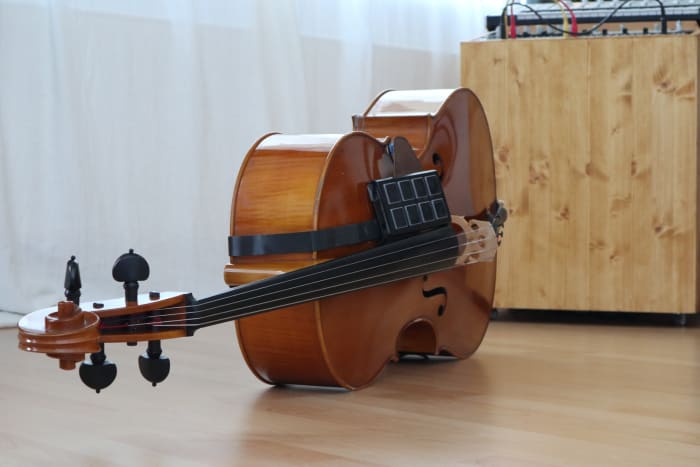
Cello
Sebastian Plano
The track “Soul III (Ylem)” was entirely done with only cello. It mixes several pizzicato takes, which are later proceeded with different delays. The percussive sounds coming at 03:07 were made processing the squeak of my studio chair with effects.
3. Roland Tape Echo RE-201
I used this echo on lots of parts along the record, mostly to give color and create texture. “Soul II (Elan)” is a good example of extensive use of it on the lead piano line. This tape echo and the Yamaha CP-80 are officially married — they make such a good couple.

Roland Tape Echo RE-201
Sebastian Plano
4. Pencil and Sheet Paper
I wrote many of the initial sketches on sheet paper. I tend to write down spontaneous ideas that come on cello or piano and then sit down with these to develop things further. I like to do this especially in the mornings as it allows me to have something to travel with at night.

Sebastian Plano
5. My voice
Our voice is our own unique instrument. It made sense to have my voice as the third instrument used in the record. I am not a singer, but I am always curious to explore where I can go recording and using my voice, I like experimenting with it.
In this record, I had the urge to make a choral track and this led to the opening track “Agos.” Another track where I used my voice extensively is on “Never Learned,” where choir parts happen in the back of the mix providing support and emphasis to the rest of the ensemble.
In the title track “Save Me Not,” I had a really minimal approach to the vocal line, with a three note descending melody, which states the meaning of the record itself.



